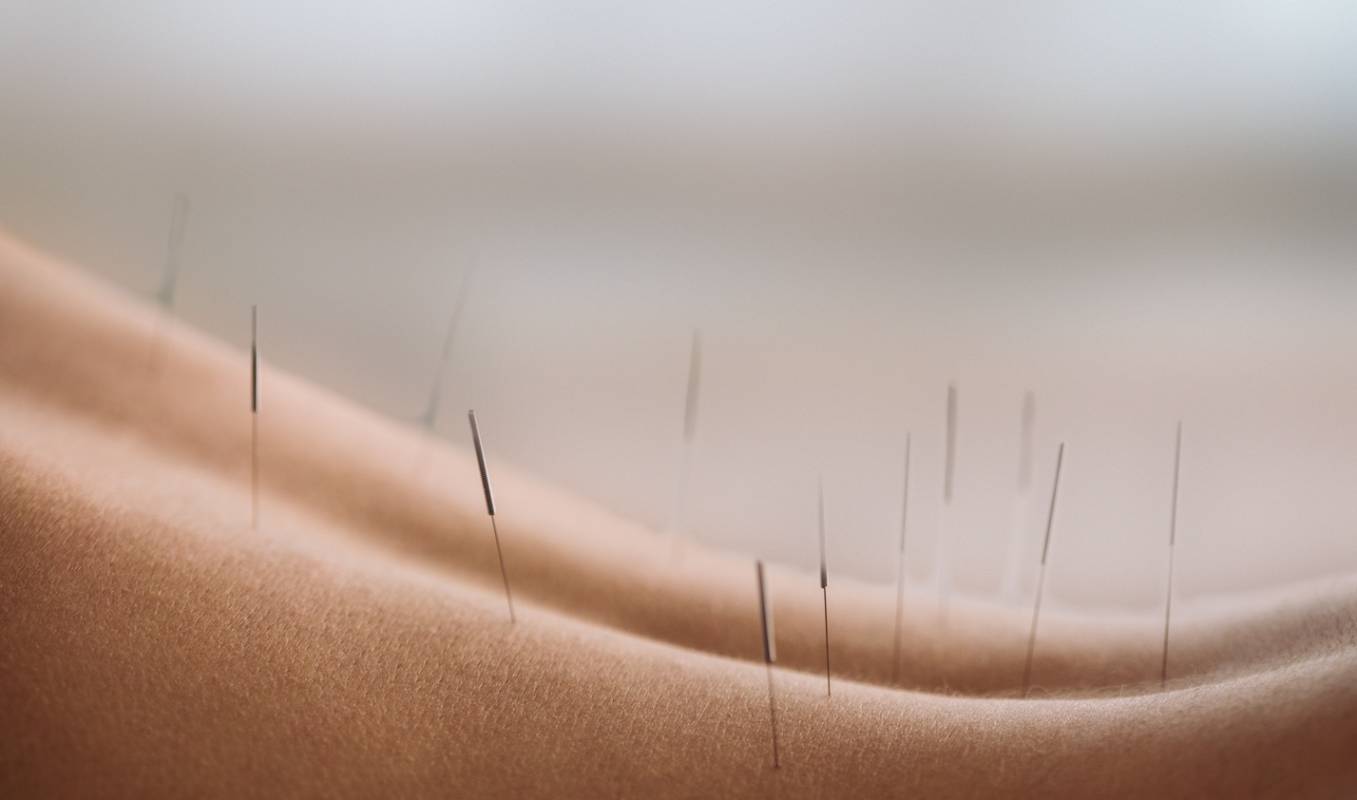Critical Analysis of Alternative Medicine
April 17, 2023
Complementary and alternative medicine represents treatment that falls outside of mainstream healthcare. Such treatments range from acupuncture and homeopathy, to meditation, aromatherapy, and even colonic irrigation 1. The use of alternative medicine has been steadily gaining traction in the United States and globally in the last few decades 2,3. However, evidence of its effectiveness compared to traditional medicine remains lacking in most cases, and it is incumbent upon practitioners and patients alike to perform a critical analysis of alternative medical treatments.
A recent survey documenting complementary and alternative medicine instruction in schools revealed that critical analysis is often lacking among medical practitioners and patients alike 4. It is important to not blindly accept claims, since much of the support for complementary and alternative medicine is composed of personal testimonials, anecdotal reports, and weak scientific research. Though some uses of alternative medicine are well-established and effective, many others are not.
At present, assessing the procedures, effectiveness and outcomes of complementary and alternative medicine education remains limited for a number of reasons. Clinically, navigating through unfounded claims can be difficult if a provider lacks the skills to critically evaluate the medical and scientific literature. As for medical practitioner education, additional coursework is likely required to increase awareness of the topic. A recently developed medical school mini-course to introduce the topic of complementary and alternative medicine was found to be very favorably received by students at Creighton University, with 89% agreeing that it was relevant to the practice of medicine and 94% feeling that the course had improved their critical appraisal skills 5. Plans are under way to expand the course and make it a permanent part of the curriculum. Broadly however, there remains a clear need for comprehensive research and education on complementary and alternative medicine in order to ensure a well-educated and effective healthcare workforce 6.
Another concern that needs to be considered in a critical analysis, separate from the benefits or harms of alternative medicine, is the difficulty in coordinating with conventional treatments. A recent research study revealed that, while a large proportion of individuals suffering from arthritis using complementary and alternative medicine consider it to be somewhat or very effective, nearly half do not inform their healthcare provider about their use of such forms of treatment. Rheumatologists and other practitioners need to be cognizant of the high prevalence and challenges associated with possible concurrent use of complementary and alternative medicine and conventional medicine among their patients 7.
Complementary and alternative medical treatments may help patients, in parallel to traditional forms of medical treatment, to feel more comforted, feel less stressed, and sense that they are doing something proactive to help with their own care 8. However, evidence of the efficacy of complementary and alternative medical treatments remains fragmented, and more research is required to assess any causal relationship between complementary and alternative medicine use, health outcomes, and psychosocial well-being.
The dramatic increase in the use of complementary and alternative medicine will continue to require physicians to stay on top of the latest therapies and understand how they interact with the care of their patients. Meanwhile, patients should be fully informed of any empirical, soundly researched evidence, or lack thereof, in support of their complementary and alternative medical treatment options of choice 9. Because of the uncertainties surrounding alternative medicine, critical analysis on the part of doctors, patients, and scientists is necessary.
References
1. Complementary and alternative medicine – NHS [Internet]. [cited 2023 Mar 31]. Available from: https://www.nhs.uk/conditions/complementary-and-alternative-medicine/
2. Harris P, Rees R. The prevalence of complementary and alternative medicine use among the general population: A systematic review of the literature. Complement Ther Med. 2000;8(2):88–96. DOI: 10.1054/ctim.2000.0353
3. Harris PE, Cooper KL, Relton C, Thomas KJ. Prevalence of complementary and alternative medicine (CAM) use by the general population: a systematic review and update. Int J Clin Pract. 2012 Oct;66(10):924–39. DOI: 10.1111/j.1742-1241.2012.02945.x
4. Sampson W. The need for educational reform in teaching about alternative therapies. Academic Medicine. 2001. DOI: 10.1097/00001888-200103000-00011
5. Critical Appraisal of Alternative Therapies: A Mini-course : Academic Medicine [Internet]. [cited 2023 Mar 31]. Available from: https://journals.lww.com/academicmedicine/fulltext/2002/05000/critical_appraisal_of_alternative_therapies__a.48.aspx
6. Gray AC, Steel A, Adams J. A critical integrative review of complementary medicine education research: Key issues and empirical gaps. BMC Complement Altern Med. 2019 Mar 20;19(1):1–20. DOI: 10.1186/s12906-019-2466-z
7. Yang L, Sibbritt D, Adams J. A critical review of complementary and alternative medicine use among people with arthritis: a focus upon prevalence, cost, user profiles, motivation, decision-making, perceived benefits and communication. Rheumatol Int. 2017 Mar 1;37(3):337–51. DOI: 10.1007/s00296-016-3616-y
8. Complementary and Alternative Medicine (CAM) – NCI [Internet]. [cited 2023 Mar 31]. Available from: https://www.cancer.gov/about-cancer/treatment/cam
9. Shine KI. A critique on complementary and alternative medicine. J Altern Complement Med. 2001;7 Suppl 1(SUPPL. 1). DOI: 10.1089/107555301753393922